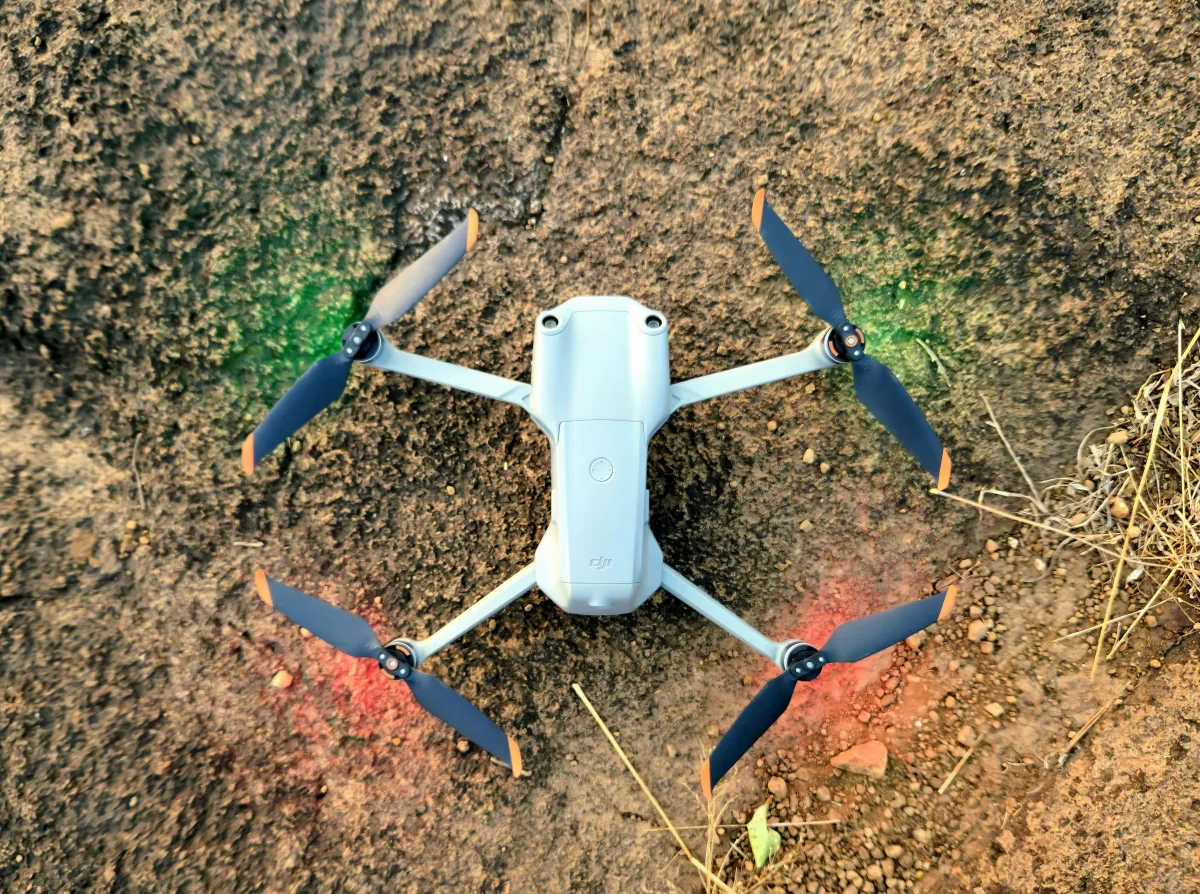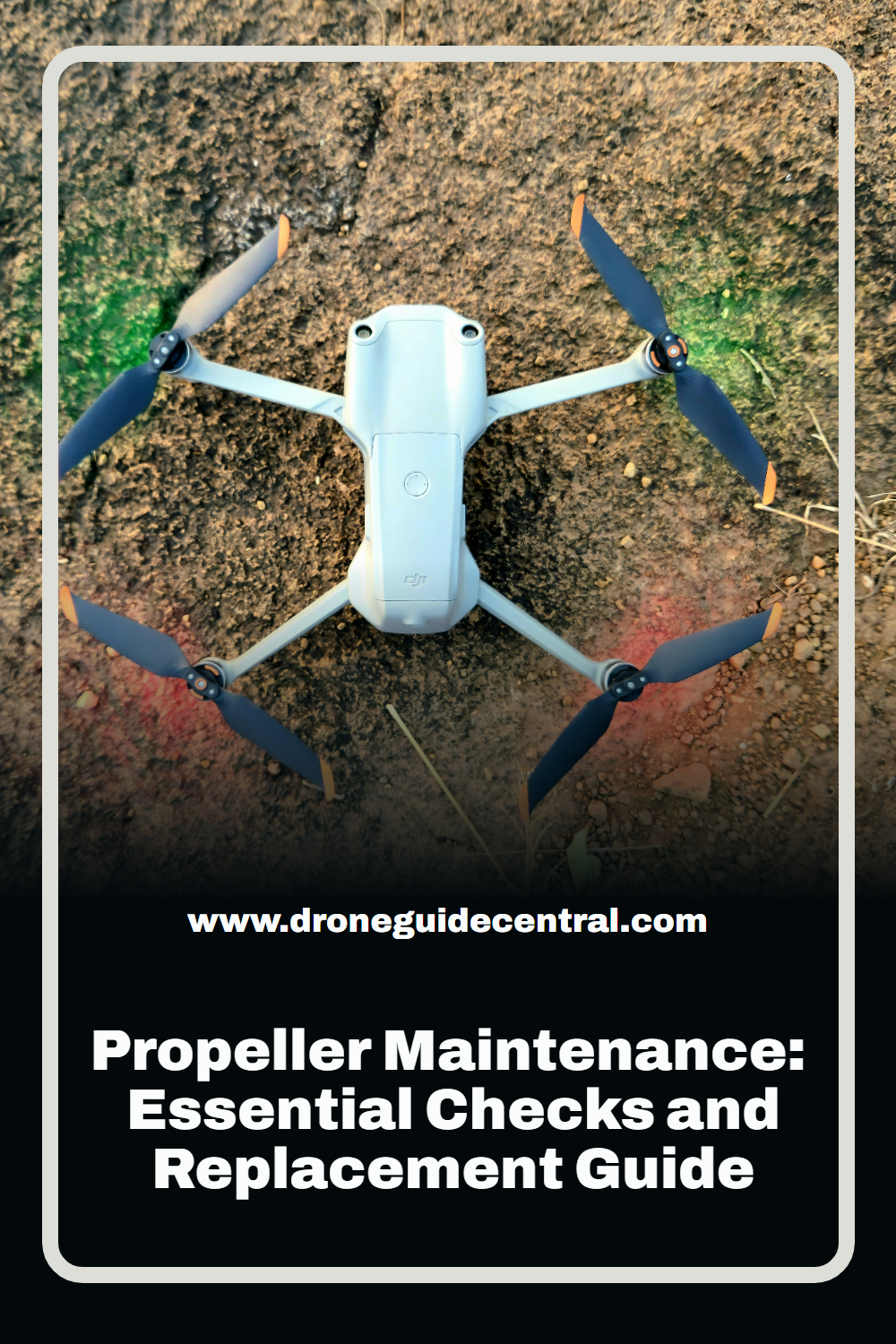
Propeller Maintenance: Essential Checks and Replacement Guide
Propellers are vital components of your drone's propulsion system, responsible for generating lift and thrust to keep it airborne. Regularly checking and, when necessary, replacing propellers is essential for safe and efficient flight. Here's a detailed guide on propeller maintenance:
1. Inspecting Propellers
Start by visually examining each propeller for signs of damage, such as cracks, chips, bends, or deformities. Ensure there are no missing pieces or irregularities in shape.
Balance is crucial for a smooth and stable flight. Place each propeller horizontally on a flat surface and observe if it sits evenly. Any wobbling indicates an imbalance that may affect performance.
Gently tug on each propeller to check for looseness. Properly tightened propellers should feel secure without any noticeable play.
2. Identifying Signs of Wear
Look for signs of abrasion or erosion on the propeller blades, particularly at the tips. Continuous friction against air and debris can cause gradual wear over time.
Inspect the entire surface of each propeller for cracks or splits, which can weaken the structure and compromise flight safety.
If your drone has experienced collisions or hard landings, thoroughly examine the propellers for any visible damage. Even minor impacts can lead to hidden structural issues.
3. Determining Replacement Needs
Assess the severity of any observed damage. Minor scratches or scuffs may not immediately necessitate replacement but should be monitored closely. Significant damage or structural compromise warrants immediate replacement.
Consider the frequency and intensity of drone usage. Propellers used more frequently or in challenging environments may wear out faster and require more frequent replacement.
Pay attention to any changes in flight behavior, such as increased vibration, reduced stability, or decreased maneuverability. These could indicate propeller issues that warrant replacement.
4. Replacing Propellers
Ensure replacement propellers are compatible with your drone model. Refer to the manufacturer's specifications to select the correct size, pitch, and mounting mechanism.
Power off the drone and remove the battery before replacing the propellers to prevent accidental starts. Use caution when handling sharp edges and rotating parts.
Follow the manufacturer's instructions for propeller replacement carefully. Typically, this involves unscrewing the existing propellers and securely attaching the new ones, ensuring proper alignment and tightening.
After installation, perform a balance check by spinning each propeller manually and observing for any wobbling. Make any necessary adjustments to ensure smooth rotation.
5. Testing and Calibration
Before resuming regular flights, conduct a test flight in a controlled environment to ensure proper propeller installation and functionality. Monitor flight performance and stability closely.
If your drone features automated calibration procedures, follow the manufacturer's recommendations to recalibrate the flight controller after propeller replacement. This helps optimize flight control and stability.
6. Propeller Maintenance Schedule
Incorporate propeller checks into your routine maintenance schedule, ideally before each flight session. Proactive inspection and timely replacement minimize the risk of mid-flight failures and ensure continued flight safety.
By following these guidelines for propeller maintenance check and replacement, you can maintain optimal performance and safety standards for your drone, enabling countless successful flights and capturing stunning aerial footage with confidence.
FAQ:
1. How often should I inspect my drone's propellers?
Answer: It's recommended to inspect your drone's propellers before each flight session. This ensures that any potential issues or damage are identified and addressed promptly, minimizing the risk of mid-flight failures.
2. What are the consequences of flying with damaged propellers?
Answer: Flying with damaged propellers can lead to various adverse effects on flight performance and safety. These consequences may include decreased stability, reduced maneuverability, increased vibration, potential motor strain, and pose hazards to property or humans. Additionally, damaged propellers may exacerbate wear on other drone components and compromise overall flight efficiency.
3. How can I prevent propeller damage during flight?
Answer: To prevent propeller damage during flight, it's essential to practice safe flying techniques and avoid collisions with obstacles or hard landings. Maintain a safe distance from objects and obstacles, and be mindful of environmental factors such as wind and weather conditions. Additionally, consider using propeller guards for added protection, especially when flying in confined spaces or near potential hazards.
4. Are aftermarket propellers compatible with my drone?
Answer: Compatibility with aftermarket propellers depends on factors such as size, pitch, and mounting mechanism. It's crucial to refer to the manufacturer's specifications and guidelines to ensure compatibility with your specific drone model. Using incompatible propellers can lead to issues such as improper fit, imbalance, or reduced performance. When in doubt, opt for propellers recommended or provided by the drone manufacturer to ensure proper functionality and safety.
5. Are carbon fiber propellers worth the investment for improved performance?
Answer: Carbon fiber propellers are known for their lightweight and durable properties, making them popular among drone enthusiasts seeking enhanced performance. While they may offer advantages such as increased efficiency and reduced vibration compared to plastic propellers, they typically come at a higher cost. Whether carbon fiber propellers are worth the investment depends on your specific flying needs and budget. Consider factors such as flight duration, maneuverability, and flying conditions when deciding whether to upgrade to carbon fiber propellers.
Further details are available in publications on ieee.org, accessible here and here.

Copyright © Drone Guide Central - All Rights Reserved 2024

